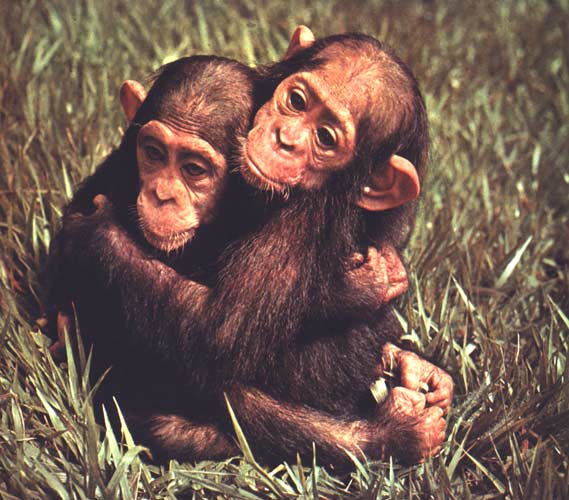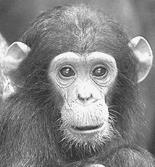 ANOTACIÓN DE GENES DE SELENOPROTEÍNAS EN EL GENOMA DE PAN TROGLODYTES
ANOTACIÓN DE GENES DE SELENOPROTEÍNAS EN EL GENOMA DE PAN TROGLODYTES
REFERENCIAS
Papers
- Rederstrorff M, et al .Understanding the importance of selenium and selenoproteins in muscle function. Cell.Mol.Life Sci.2006;63:52-59. [PDF]
- Hatfield,I.Dolph,L. Selenium:its molecular biology and role in human health. Segunda edición.EEUU:Kluwer Academic Publishers;2001.
- Castellano S, et al Reconsidering the evolution of eukaryotic selenoproteins: a novel nonmammalian family with scattered phylogenetic distribution. EMBO reports.2004;5(1):71-77. [PDF]
- Driscoll, Donna M.Chavatte, Laurent. Finding needles in a haystack. EMBO reports.2004;5(2):40-141.[PDF]
- Dolph, L. Glagyshev, Vadim N. How selenium has altered our understanding of the genetic code. Mol Cell Biol. 2002;3565-3576.[PDF]
- Kryukov,Gregory V. et al. Characterization of mammalian selenoproteomes. Science. 2003;300:1439-1443.[PDF]
- Copeland, Paul R. Regulation of gene expression by stop codon recoding:selenocysteine. Gene. 2003;312:17-25.
- Brown, KM & Arthur, JR. Selenium, selenoproteins and human health:a review. Public Health Nutr. 2001;4(2B):593-599.[PDF]
- Gromer, S. Eubel, JK. Lee, BL. Jacob, J. Human selenoproteins at a glance. Cell. Mol. Life Sci. 2005 Nov;62(21):2414-37.Review.[PDF]
WEBS









